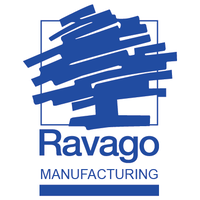Hauptmerkmale des Umspritzens:
Materialfusion: Beginnt mit dem Gießen eines Basisteils, gefolgt von zusätzlichen Schichten, die um dieses herum geformt werden.
Materialvielfalt: Es können mehrere Kunststoffharze verwendet werden, um die Materialkompatibilität und die gewünschten Endeigenschaften zu gewährleisten.
Ästhetisches und funktionales Design: Ermöglicht das Hinzufügen von Farbkontrasten und die Kombination von starren und flexiblen Elementen in einem einzigen Teil.
Anwendungen des Umspritzens:
Breiter Brancheneinsatz: Aufgrund seiner Vielseitigkeit weit verbreitet in der Medizin-, Automobil- und Militärbranche.
Produktbeispiele: Vor allem bei Konsumgütern wie Zahnbürsten, die einen harten Kunststoffkörper mit einem weichen, gummierten Griff haben können.
Unterscheidung zwischen Umspritzen und Mehrfachspritzguss:
Sequentieller Prozess: Das Substratteil wird zuerst geformt, dann wird eine zweite Schicht in einem separaten Arbeitsgang aufgetragen.
Bi-Material-Produktion: Diese Technik ermöglicht die Herstellung von Bauteilen aus zwei verschiedenen Materialien mit einer Standard-Spritzgießmaschine.
Das Umspritzen ist nach wie vor eine wichtige Fertigungstechnik, da es die Funktionalität und Attraktivität von Produkten erhöht und gleichzeitig die Haltbarkeit und den Komfort in der Endanwendung gewährleistet.












